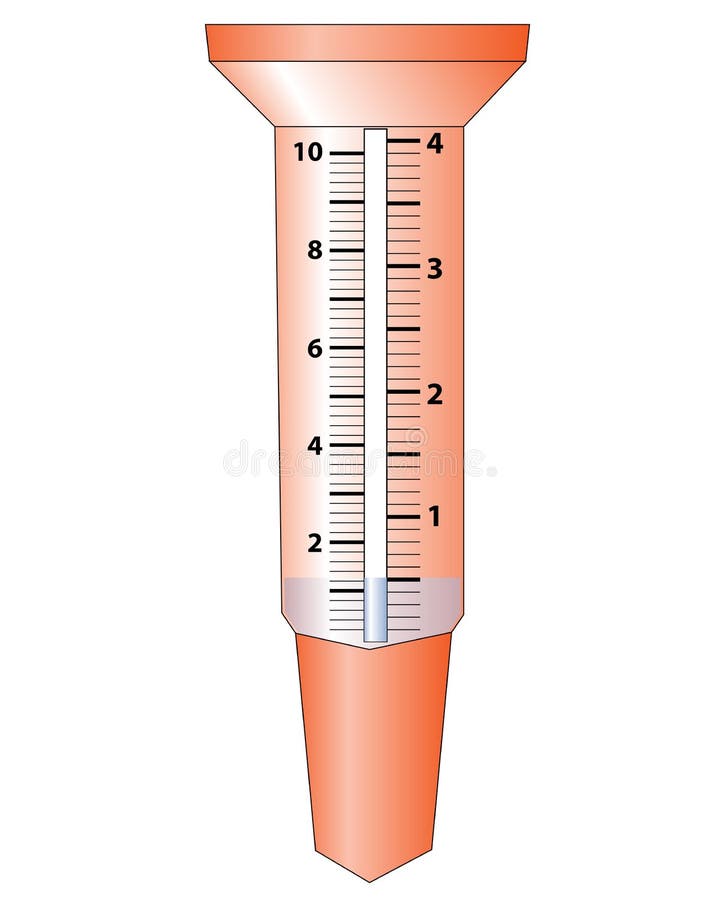Rain Gauge Purchasing Overview: What You Required to Know for Optimal Performance
Rain Gauge Purchasing Overview: What You Required to Know for Optimal Performance
Blog Article
Introducing the Scientific Research Behind Rainfall Assesses: Just How These Instruments Play a Crucial Duty in Environment Research Study and Ecological Tracking
Rainfall assesses, relatively easy devices, hold an extensive relevance in the realm of climate research study and environmental tracking. As we peel back the layers of this scientific shroud surrounding rain gauges, we uncover a globe where accuracy, data precision, and meticulous monitoring merge to unveil a much deeper understanding of our altering climate and its effect on the earth.
Importance of Rainfall Gauges
Rainfall assesses play an important role in tracking and gauging rainfall degrees, supplying vital information for environment study and evaluation. These devices are essential in evaluating the amount of rains that happens in a specific location over a certain period. By gathering and determining rainwater, rain determines offer valuable understandings into the distribution and strength of precipitation, assisting meteorologists, hydrologists, and climatologists in recognizing weather condition patterns and patterns.
In addition, long-term information gathered from rain determines aids in assessing environment modification influences and patterns, contributing considerably to clinical research study and decision-making procedures. In significance, rain evaluates serve as essential devices in the area of weather forecasting and environmental scientific research, playing a vital duty in advancing our understanding of climate and climate characteristics.
Types of Rainfall Gauges

Performance and Operation
In the world of environment research and meteorological research studies, the performance of rain assesses lies in their detailed capability and specific functional devices. Rainfall assesses are created to precisely measure the quantity of rainfall that tips over a details area during a set duration. These tools normally contain a channel that gathers rainwater and channels it into a gauging tube. The measuring tube is marked with adjusted measurements that enable the this content specific quantification of rains.
The functionality of rain determines is based on the principle of accumulating and determining rain in a standard fashion. This gathered information is vital for comprehending local weather condition patterns, tracking long-lasting climate trends, and assessing ecological influences. To make sure accurate dimensions, rainfall evaluates requirement to be tactically placed in open areas far from blockages such as buildings or trees that might hinder the collection process.
The functional facet of rainfall determines entails regular upkeep to protect against debris buildup, calibration checks to preserve measurement accuracy, and information recording for evaluation (rain gauge). In general, the capability and procedure of rain assesses are crucial for collecting reliable precipitation data crucial to environment research and ecological monitoring
Function in Climate Research Study
Given the essential importance of accurate rainfall dimensions in recognizing weather condition patterns and environmental impacts, the role of rain evaluates in environment study is crucial. Rainfall evaluates provide essential data for climate research by evaluating the amount of precipitation that tips over a certain location during an offered duration. This information is critical for keeping track of lasting trends in precipitation patterns, assessing the impact of environment adjustment on rains circulation, and improving environment designs.

Environment researchers utilize information collected from rainfall gauges to analyze variants in rainfall levels, determine regional climate trends, and examine the performance of water resource administration techniques. By contrasting historic precipitation data with existing measurements, researchers can detect changes in rainfall patterns, Visit This Link such as adjustments in the frequency or intensity of rainfall occasions. This information is important for comprehending just how environment modification is influencing precipitation dynamics and can assist policymakers make informed choices regarding adjustment and reduction approaches.
Applications in Environmental Monitoring

In flooding forecasting, rainfall scale information aids to track rainfall strength and circulation, permitting authorities to issue prompt cautions and take necessary actions to mitigate flooding risks (rain gauge). Dry spell surveillance relies on rain scale information to assess dampness levels in the dirt and track precipitation deficits, helping in the recognition of drought-prone areas and the implementation of drought reaction strategies
In addition, rainfall gauge data plays an important role in water source administration by offering information on water schedule and use patterns. This information is used to make informed decisions concerning water allotment, preservation measures, and sustainable water source preparation. In addition, in agriculture, rain scale information aids farmers in enhancing watering timetables, crop choice, and total rain gauge ranch management methods based on neighborhood precipitation patterns. On the whole, rain evaluates are important tools in ecological tracking, supplying important understandings that add to notified decision-making and lasting source management.
Verdict
Finally, rainfall assesses are crucial tools for determining rainfall, providing beneficial information for environment study and environmental monitoring. With numerous types and capabilities, rainfall determines play a crucial role in recognizing rainfall patterns and their effect on the environment. By precisely determining rains, these gadgets contribute to the innovation of clinical expertise and assistance in making notified choices pertaining to water resource administration and calamity preparedness.
Rain gauges play an indispensable function in tracking and determining rainfall levels, offering important data for climate research study and evaluation. The basic rain scale, understood as the "tipping bucket" gauge, is one of the most generally used gadgets. Ultrasonic rain assesses usage noise waves to identify the visibility of rainfall, offering real-time data on rainfall degrees.Environment researchers use data accumulated from rainfall determines to examine variations in rainfall levels, determine regional environment fads, and examine the performance of water source monitoring techniques.In conclusion, rainfall determines are vital tools for measuring precipitation, offering important data for environment research and environmental surveillance.
Report this page